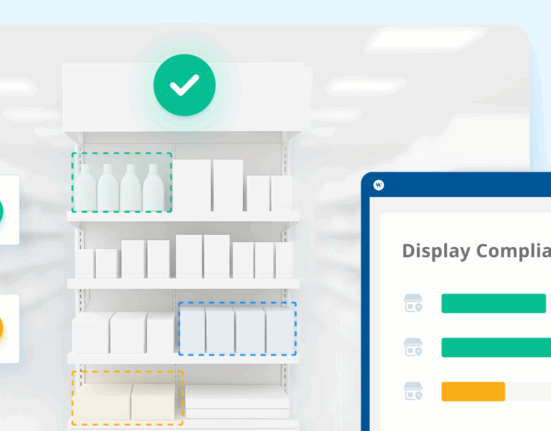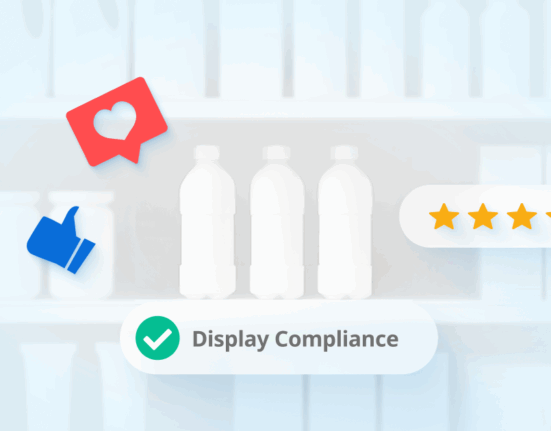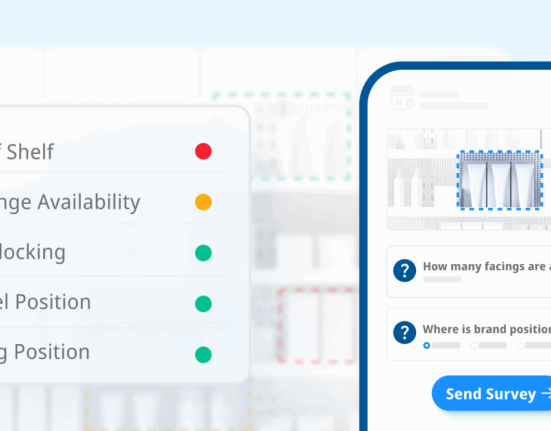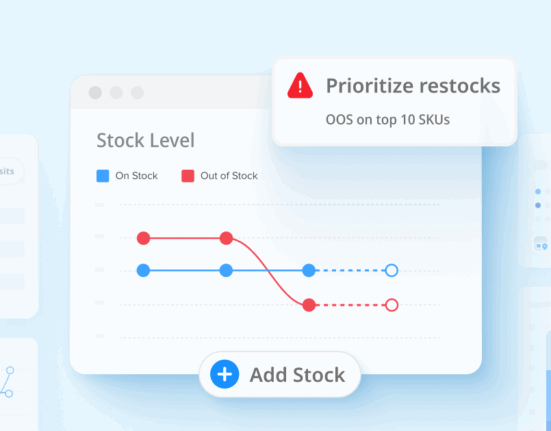In eCommerce, winning the digital shelf isn’t just about being visible; it’s about mastering the art of digital shelf optimization. This strategy is pivotal for sustainable, profitable growth in the online marketplace.
But what does digital shelf optimization really entail and how can it make a difference to your brand?
The Cost of Ignoring Digital Shelf Optimization
Before diving into strategies, it’s crucial to understand the cost of neglecting digital shelf optimization.
In a digital era where consumer choices are vast, not optimizing your digital shelf can lead to reduced visibility, lower sales, and ultimately, a decrease in market share. This loss translates directly into monetary terms, affecting the overall profitability of a brand. This is why you need a digital shelf strategy.
The Key to Enhanced Product Visibility: Digital Shelf Analytics
Digital shelf analytics provide invaluable insights into how your products perform against competitors on online retail platforms. By analyzing data like search rankings and consumer behavior, brands can pinpoint areas of improvement and optimize their listings to capture more consumer attention.
Crafting a Winning Strategy: Digital Shelf Optimization Examples
To effectively enhance your digital shelf presence, consider employing proven strategies. For instance, optimizing product titles and descriptions with high-performing keywords can significantly improve search performance on retailer websites. Including high-quality images and videos also enhances content consistency and accuracy, making your products more appealing to potential buyers.
The Impact of Product Availability on Sales
Product availability is a critical KPI that impacts the bottom line significantly. Maintaining optimal stock levels ensures that your products are available when consumers decide to buy, thus avoiding potential sales losses. Real-time monitoring tools like digital shelf software can help in managing stock levels efficiently, reducing both overstock and stockout scenarios.
The Role of Pricing in Digital Shelf Optimization
Competitive pricing is essential for winning on the digital shelf. It not only attracts price-conscious consumers but also plays a crucial role in comparison shopping on digital platforms. Regular price audits and adjustments in response to market conditions are strategies that can keep your products competitively priced.
Enhancing Search Performance on Retailers’ Websites
Optimizing how your products appear in search results is another critical aspect of DSO. Utilizing SEO best practices for eCommerce, such as keyword optimization and meta descriptions, can improve your products’ visibility on retailer sites, driving more traffic and increasing sales.
Consistency and Accuracy: Ensuring Your Product Content is Top-Notch
The accuracy and consistency of product descriptions, images, and specifications across multiple platforms ensure a cohesive brand experience. Discrepancies can lead to consumer distrust and lost sales. Regular audits of your content across all platforms are necessary to maintain reliability.
Leveraging Product Ratings and Reviews
Positive ratings and reviews are powerful tools that can significantly influence purchasing decisions. Encouraging satisfied customers to leave positive reviews and promptly addressing any negative feedback helps in maintaining a strong brand reputation, which is crucial for long-term success.
Conclusion
Digital shelf optimization is not just a tactic; it’s an essential strategy for thriving in the competitive eCommerce landscape.
By focusing on key areas such as analytics, product availability, pricing strategies, search performance, and content accuracy, brands can effectively boost their online presence and sales.
Remember, the goal is not just to compete, but to dominate the digital shelf. By harnessing the power of digital shelf optimization, your brand can achieve sustainable growth and profitability in the digital age.









